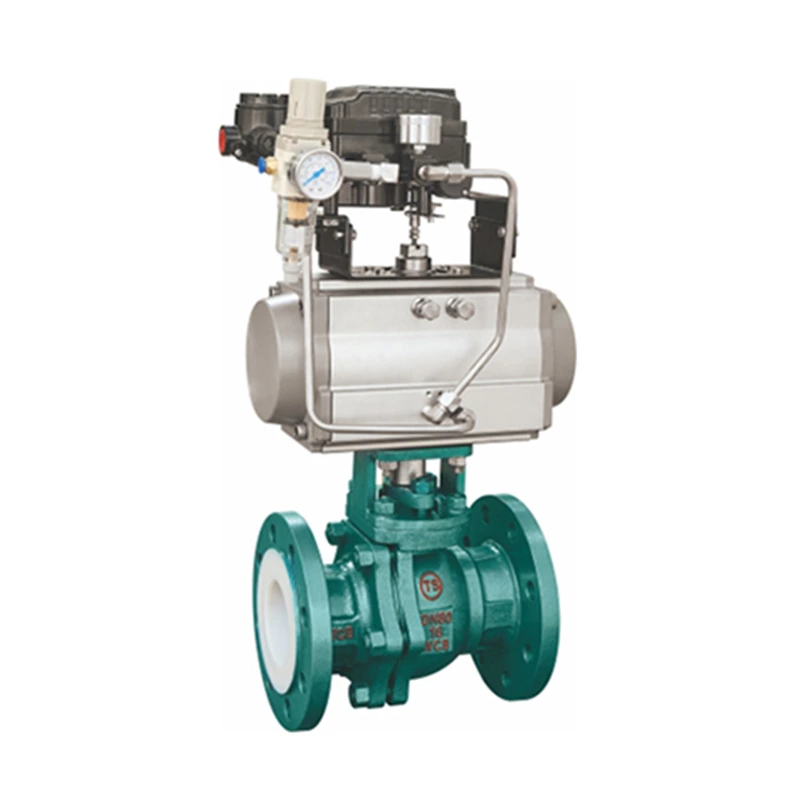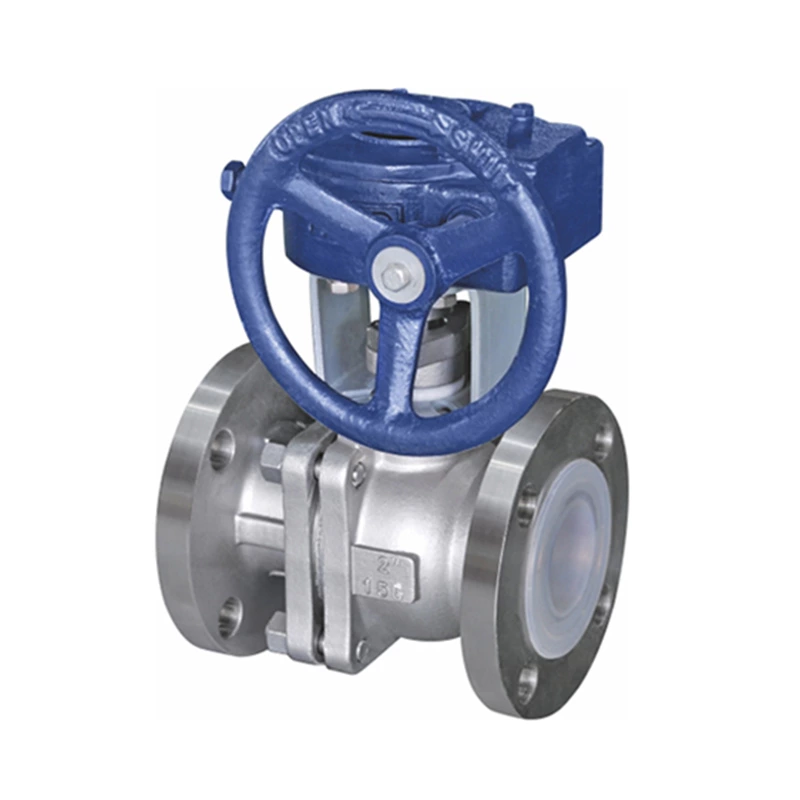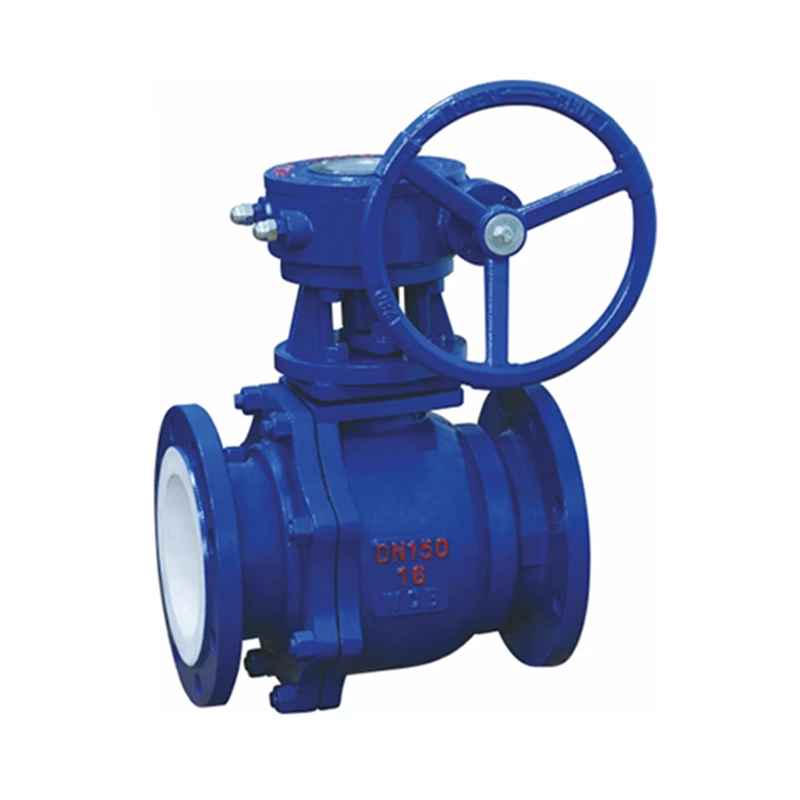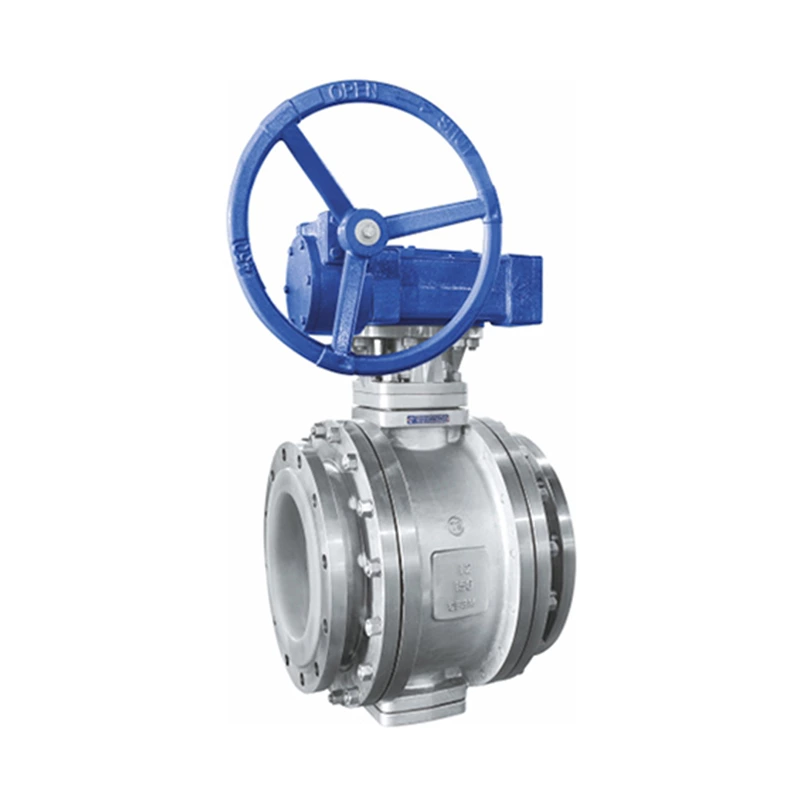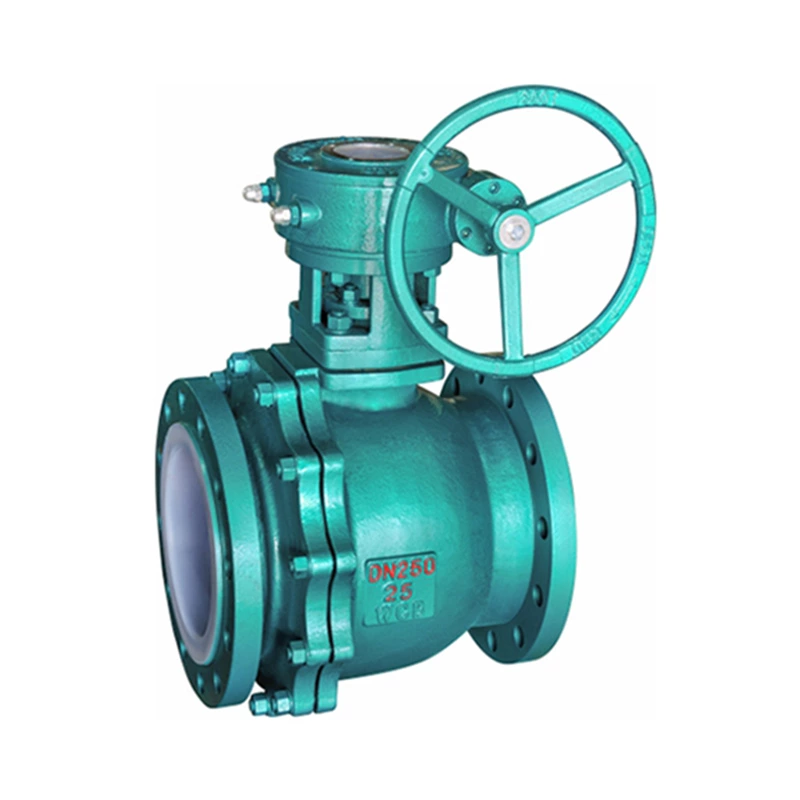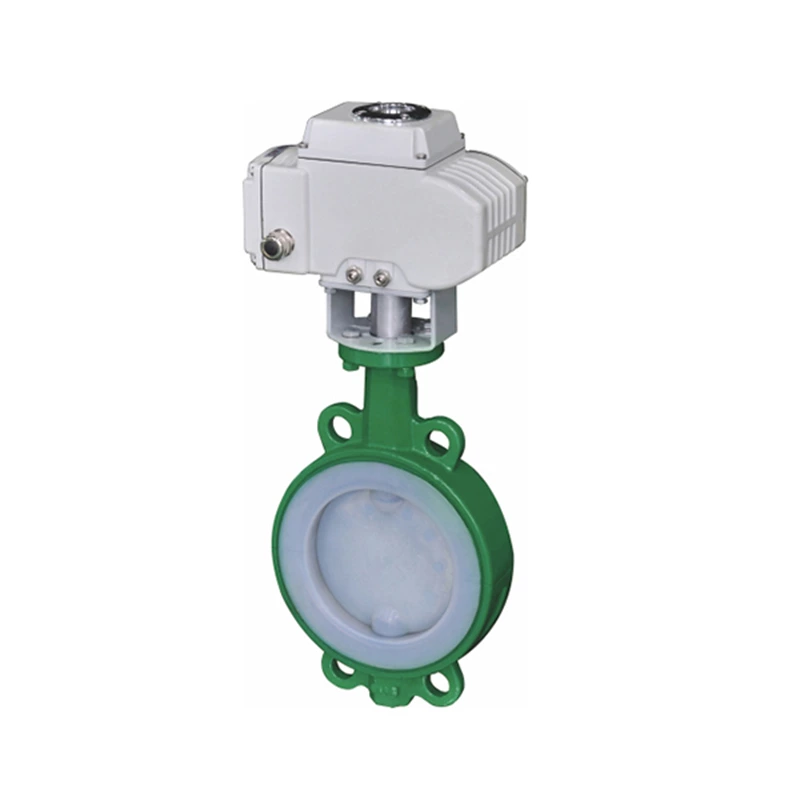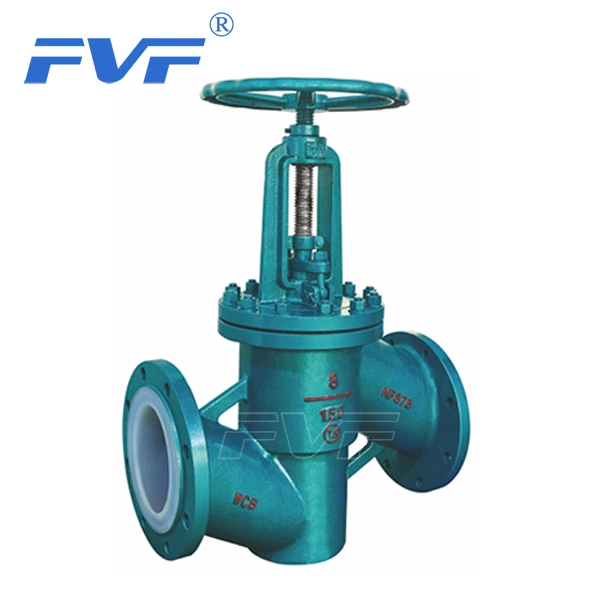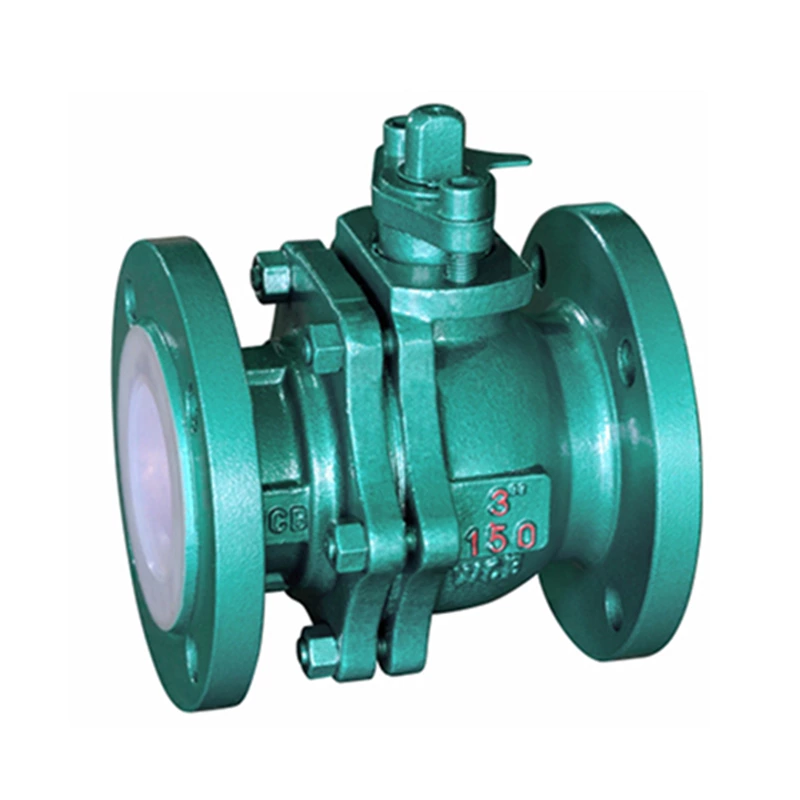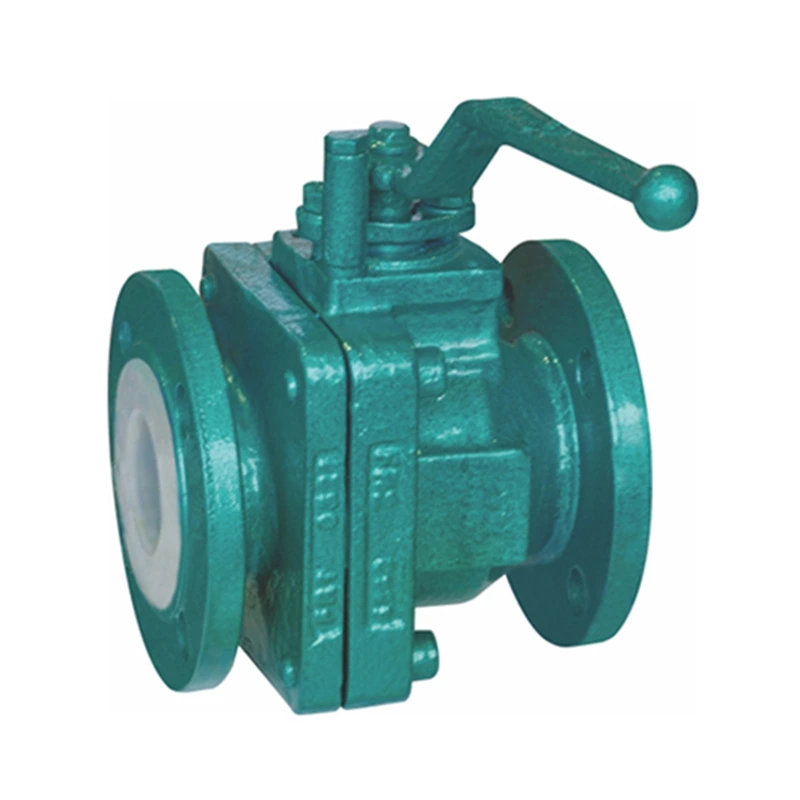Analysis Of The Causes Of Damage To The Valve Sealing Surface
The seal of Lined Valve plays the role of cutting off and connecting, regulating and distributing, separating and mixing media in the valve channel, so the sealing surface is often corroded, eroded and worn by the passing media, so it is very easy to be damaged.
There are two reasons for the damage of the sealing surface: artificial damage and natural damage. Artificial damage is caused by factors such as poor design, poor manufacturing, improper material selection, improper installation, poor use and poor maintenance. Natural damage is the wear of the valve under normal working conditions, and the damage caused by the inevitable corrosion and erosion of the sealing surface by the medium.
There are several reasons for the damage of the sealing surface:
First, the processing quality of the sealing surface is not good, mainly manifested in defects such as cracks, pores and slag on the sealing surface, which is caused by improper selection of surfacing and heat treatment specifications and poor operation during surfacing and heat treatment. The hardness of the sealing surface is too high or too low, which is caused by improper material selection or improper heat treatment. The sealing surface hardness is uneven and not corrosion-resistant, mainly because the bottom metal is blown to the top during the surfacing process, diluting the alloy composition of the sealing surface. Of course, there are also design problems here.
2: Damage caused by improper selection and poor operation. It is mainly manifested in the failure to select valves according to working conditions, using the shut-off valve as a throttle valve, resulting in excessive closing pressure, too fast closing or lax closing, causing erosion and wear of the sealing surface.
3: Improper installation and poor maintenance lead to abnormal operation of the sealing surface, the valve operates with defects, and prematurely damages the sealing surface.
4: Chemical corrosion of the medium. The medium around the sealing surface directly reacts chemically with the sealing surface without generating current, corroding the sealing surface.
5: Electrochemical corrosion. The contact between the sealing surfaces, the contact between the sealing surface and the closing body and the valve body, and the concentration difference of the medium, the oxygen concentration difference, etc., will generate a potential difference, electrochemical corrosion occurs, and the sealing surface on the anode side is corroded.
6: Erosion of the medium. It is the result of wear, scouring, and cavitation of the sealing surface when the medium flows. At a certain speed, the floating fine particles in the medium collide with the sealing surface, causing local damage. The high-speed flowing medium directly washes the sealing surface, causing local damage. When the medium is mixed and partially vaporized, bubbles burst and impact the surface of the sealing surface, causing local damage. The erosion of the medium and the alternating chemical corrosion will strongly erode the sealing surface.
Seven: Mechanical damage. The sealing surface will be scratched, bruised, squeezed and other damages during the opening and closing process. Between the two sealing surfaces, atoms penetrate each other under the action of high temperature and high pressure, resulting in adhesion. When the two sealing surfaces move against each other, the adhesion is easy to tear. The higher the surface roughness of the sealing surface, the more likely this phenomenon will occur. The valve will bruise and squeeze the sealing surface during the closing process and the valve disc will bruise and squeeze the sealing surface during the return process, causing local wear or indentation on the sealing surface.
Eight: Fatigue damage. The sealing surface will fatigue under the action of alternating loads during long-term use, resulting in cracks and peeling. Rubber and plastic are prone to aging after long-term use, resulting in poor performance.
From the above analysis of the causes of sealing surface damage, it can be seen that in order to improve the quality and service life of the valve sealing surface, it is necessary to select appropriate sealing surface materials, reasonable sealing structures and processing methods.
